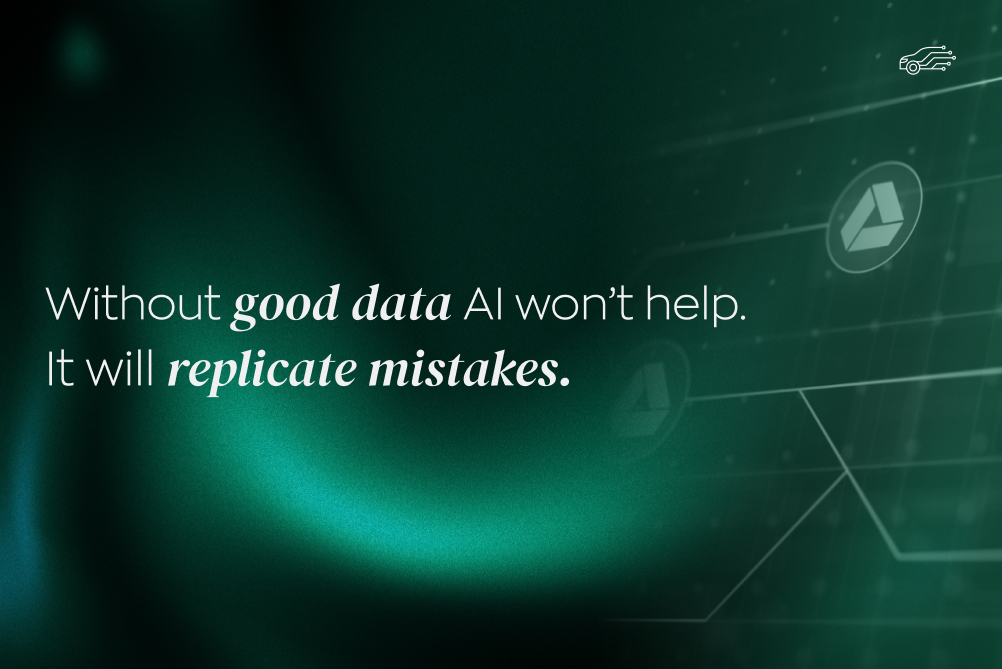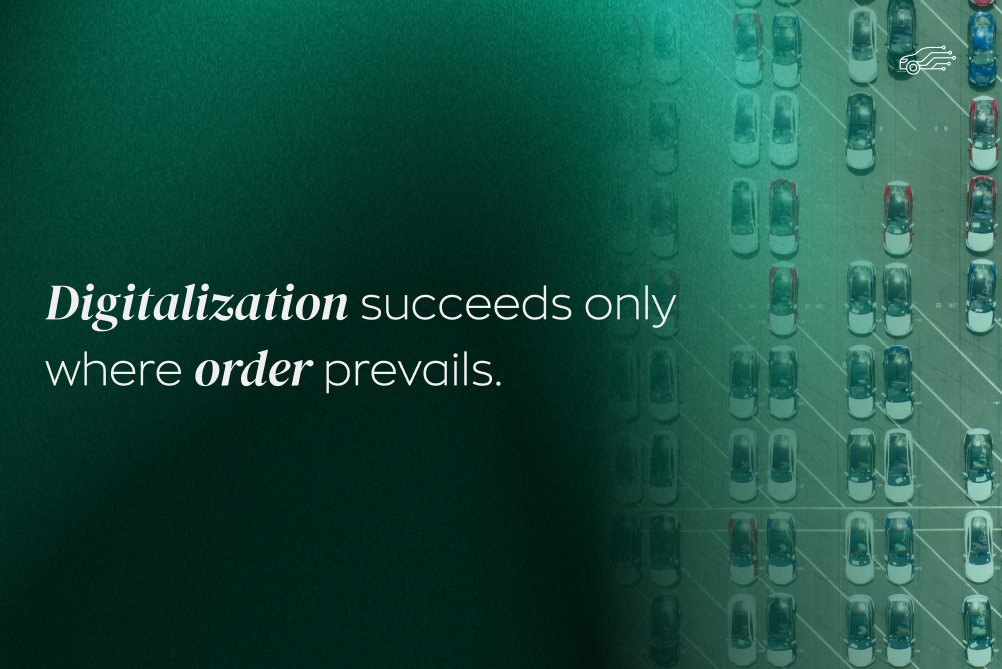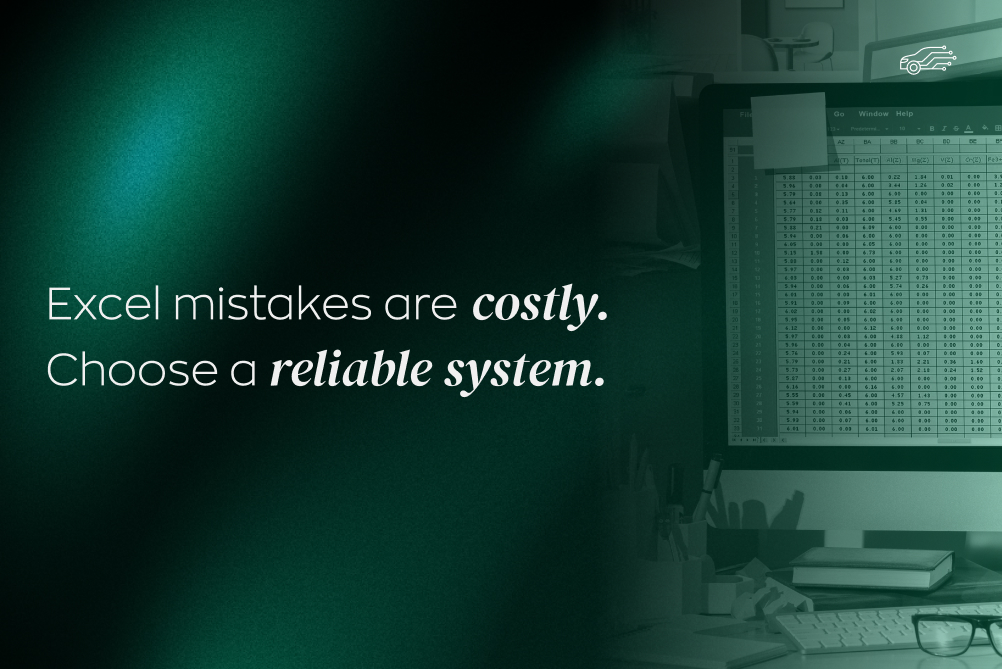Low-code and no-code platforms allow users who aren’t professional developers to create web-based applications. While drag-and-drop content management systems like WordPress have been around for decades, we’ve experienced a rapid increase in low-code/no-code platforms in the last five years.
Globalization, automation, and digital adoption due to COVID-19 have increased demand for rapid application development. Although these platforms lower the barrier of entry for businesses to develop software, what are the risks? And how does this new approach impact developers?
Understanding low-code/no-code platforms
While low-code and no-code covers a broad range of development platforms, all will feature the following attributes:
- Graphic user interface
- Point-and-click/drag-and-drop functionality
- The ability to augment with code
- Lower barrier to entry than traditional programming
- Expedited application development process
According to a 451 Research report, these platforms cut development times by 50-90%, making them highly valuable to businesses.
Low-code vs. no-code
Both approaches to software development are closely related but feature differences. For example, low-code development platforms (LCDPs) require a fundamental understanding of computer programming, if not some coding skills. No-code development platforms (NCDPs) conversely involve no programming knowledge. However, platforms like WordPress and Webflow are far easier to utilize if the user at least understands the fundamentals of coding. In addition, a developer adds functionality, improves security, and creates environments that are a better fit for businesses than the “out-of-box” capabilities.
Other popular low-code and no-code platform examples include:
- ServiceNow App Engine – Enterprise solution to process and record IT service requests
- Salesforce – CRM and applications focused on sales, customer service, and analytics
- Airtable – Spreadsheet/database hybrid
- Microsoft Power Apps – Suite of apps, services, and business connectors
- Creatio – Workflow automation, CRM, and process management SaaS
- QuickBase – Database and application development environment
- UiPath – Robotics process automation software
Many platforms fit the description of LCDP and NCDP depending on how the software is used and the business's needs.
Why low-code/no-code development is gaining popularity?
In the past, businesses were presented with only two options when they needed a new custom information system – hire a development team or buy a system from a vendor. While building code to fit the business processes is the best option, it’s costly and can take a while to get up and running. Contrarily, buying a system from a vendor will be far more cost-effective but won’t fit the business as well.
Today, we have a third option thanks to low-code and no-code development platforms. For a fraction of the cost, businesses can acquire a custom solution that’s ready in less time and can be developed in-house. As a result, LC and NC platforms have rapidly increased in popularity. According to GlobalNewsWire, 4 out of 5 US companies are using the low-code development.
.jpg)
Benefits and functionality of low-code/no-code
Information systems make running organizations easier. Low-code and no-code development are transformative, whether it's for a takeout restaurant or a global manufacturing corporation because it allows businesses to build custom solutions without hiring full-time developers.
While the general benefits are pretty simple, functionality across all LC/NC platforms is complex. Here are some popular ways businesses use low/no-code development.
- CRM/HRM
- Scheduling
- Analytic visualization
- Web and website development
- Configuration and device setup
- Automation processes
Implications on businesses
According to an article published in Harvard Business Review, small business transactional systems are the most common use cases for LC/NC platforms. These types of services fit a massive number of businesses. For example, most restaurants will find Toast’s integrated CRM to meet their needs. However, as companies expand or cater to a unique demand in the market, the solutions become more complex, with “out-of-the-box” software not meeting specific requirements.
Industries embracing low-code/no-code
Enabling non-technical team members with the power of app development can help businesses across all industries. We’ve already mentioned that small business transactional services are the most utilized. This covers the monumental shift due to COVID-19, forcing retail businesses to choose between failure and digital transformation.
Other industries embracing the no-code/low-code movement include healthcare, insurance, manufacturing, and banking/financial services. All these industries significantly benefit from offering a better customer experience, whether providing a suite of remote communication services or logistics management systems.
Challenges and limitations
LCNC platforms allow businesses to avoid long, expensive development cycles; however, there are complications. In many cases, these challenges can be overcome by choosing the right platform. We recommend businesses work closely with an IT consultancy firm to ensure the right no-code/low-code platform is utilized.
When making the decision, whether internally or through a consultant, it is essential to fully understand the risks involved.
- Security: The number one concern is exposing internal or customer data.
- Flexibility: Some platforms limit the customization opportunities through access to the source code.
- Limited integrations: LC/NC rarely allows moving from one platform to another.
- Scalability: Platforms can become unaffordable or incapable at scale for some organizations.
- Learning Curve: Organizations may not be prepared to turn over development internally due to a lack of technical skills.
Developers and low-code/no-code platforms
Many businesses have no trouble finding talent in-house to build a website with NC/LC software, but optimizing complex information systems requires a skilled development team. Even no-code platforms require programming logic to reach their full potential.
The shift to LC/NC development has and will continue to affect developers. It’s no secret that the technology sector is going through a transitional period, with 168,885 layoffs as of September 1st, 2023, in the US. The reasons are complicated, with the rise of LLM, higher interest rates to capital, and LC/NC platforms all contributing factors.
Learning special skills in a low-code environment may be a sustainable option for programmers moving forward. According to Recruiting.com, “no-code developers are the future of tech.” Only time will tell, but businesses can certainly benefit from having someone with professional coding experience to maximize the potential of LC/NC and improve the software’s overall fit to their needs.
In the future, we expect to see a combination of low-code and AI to further streamline app and web-based project development. Including developers with coding skills will always be beneficial but less necessary for basic languages like HTML, CSS, and even JavaScript as low-code/no-code platforms become more advanced.
.jpg)






.png)




.jpg)
.jpg)


.jpg)
.jpg)



.jpg)
.jpg)
.jpg)
.jpg)
.jpg)
.jpg)

.jpg)
.jpg)
.jpg)
.jpg)
.jpg)
.jpg)
.jpg)
.jpg)
.jpg)
.jpg)






.jpg)
.jpg)
.jpg)

.jpg)

.jpg)


.jpg)
.jpg)

.jpg)
.jpg)

.jpg)

.jpg)
.jpg)
.jpg)

.jpg)
.webp)

.webp)


.jpg)









.webp)


.webp)






















